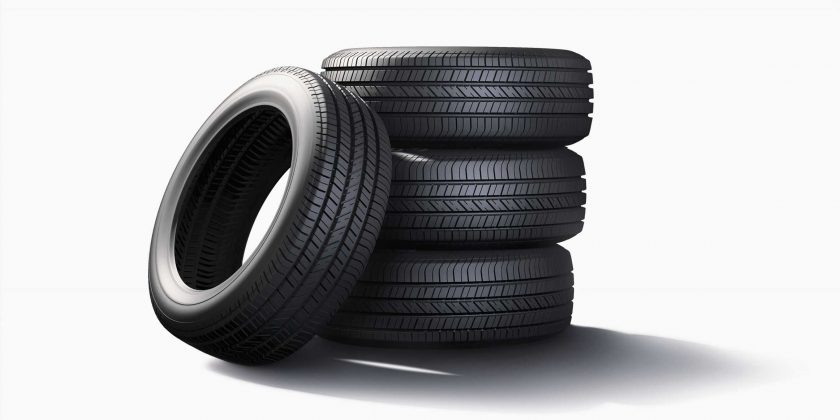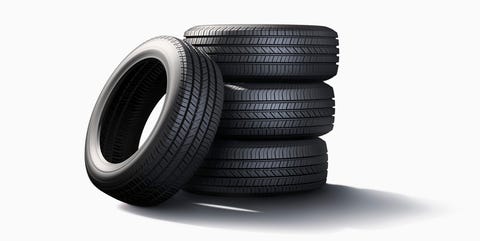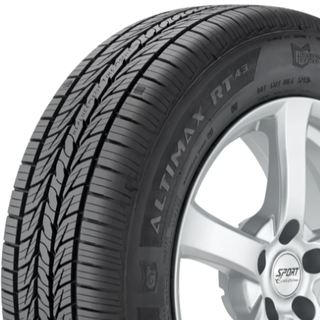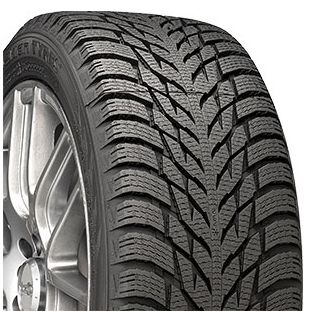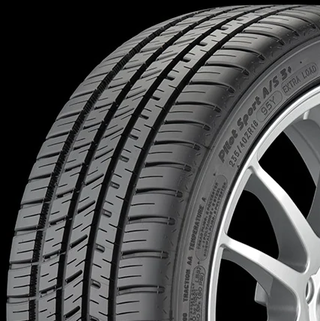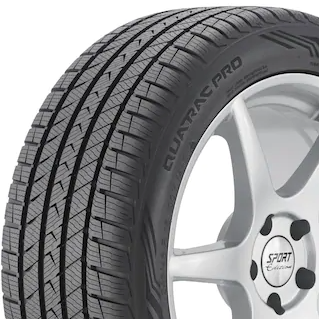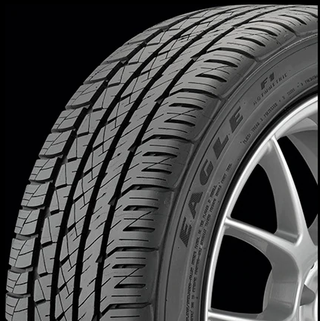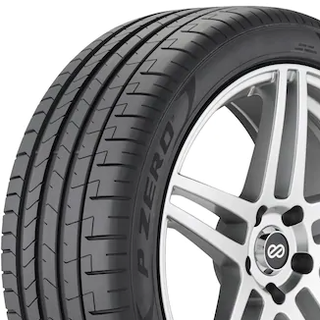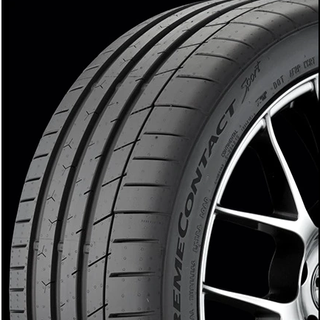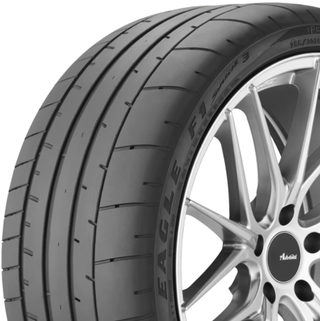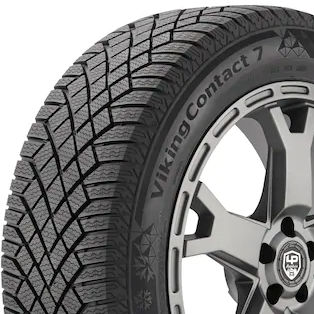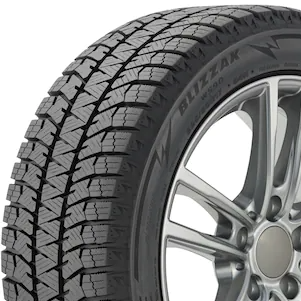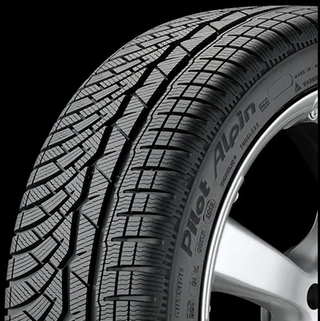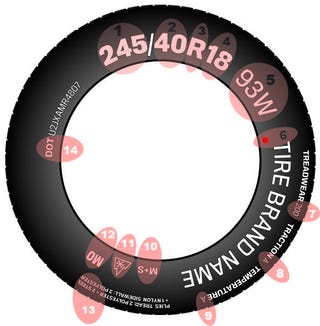Buying new tires can be a daunting experience. You face a bewildering array of brands, sizes and tire types to choose from, so it’s easy to be confused. But don’t worry: this guide will provide you with the essential facts you need to in order to make the right tire choice for your vehicle at the price you want to pay.
Before you buy, you’ll need to know the answers to the following questions:
Already know about tires and just want our top picks? Our favorites in each category are listed below. Further down, you’ll find more information about all-season, summer, and winter tires plus our top alternative picks in each category.
Our Top Picks in Each Category
Is our top pick unavailable in the size you need? Looking for a fast, easy way to sort through the dozens of alternatives? Then go to Tire Rack’s Tire Decision Guide. The company says it’ll have a list of appropriate alternative choices for you in two minutes or less. The tirerack.com site is also deep with important consumer data, including tire warranties, treadwear guarantees, and tire-test results.
All-Season Tires
Alternative Recommendations for All-Season Tires:
The vast majority of vehicles today come with all-season tires, which are designed to provide acceptable all-around capability throughout the year and in all weather conditions. That means a reasonable ride and respectable handling, quiet running, good wet-weather grip, and some capability in snow. Given their all-season designation, most car owners leave them on in winter and expect that their tires will deliver all the traction they need on snowy, icy roads. But most all-season tires are marginal in snow; dedicated winter tires, also known as snow tires, provide far better traction when the snow falls.
There are now two main sub-categories of all-season tires: high-performance all-seasons and grand touring all-seasons. High-performance all-season tires provide sharper handling than “standard” all-season tires. They grip the road more confidently and feel more sporty to drive—usually at the expense of some winter-weather traction. These tires are intended for sportier cars and more-aggressive drivers. Grand touring all-season tires have the lower-profile look of high-performance all-season tires but ride better at the price of some handling ability.
Recently, a subset of grand touring all-season tires has emerged that we call “all-weather” tires. These tires feature snow traction that almost comparable to that of pure winter tires while offering similar performance in other areas as conventional all-season tires. They are designated by a snowflake-within-a-mountain symbol on the tire’s sidewall.
Summer Tires
Alternative Recommendations for Summer Tires:
This term is a misnomer, as this type of tire should rightly be called “three-season” rubber. Summer tires are designed specifically to deliver dry- and wet-weather traction in moderate or warm weather. They sharpen steering response, increase cornering traction by an order of magnitude, and stop your vehicle in much less distance. But they do so at a cost: most summer tires only work well at temperatures of about 40 degrees Fahrenheit and above. As outside temps fall toward freezing, the tires can feel skittish and behave inconsistently; they lose a large portion of their grip to the point that they act like they are on a wet or even icy road. More than one driver of a powerful car, unaware of the temperature sensitivity of its summer tires, has lost control and crashed on a cold day.
As with all-season tires, summer rubber comes in several varieties. Tire Rack divides these tires into three main groups by escalating capability: ultra-high performance on the bottom rung, followed max performance and extreme performance. Summer tires come on cars such as Porsches, Corvettes, Mercedes-AMGs, and Mustangs.
Winter Tires
Alternative Recommendations for Winter Tires:
Called “snow tires” in the past, winter tires are designed to provide maximum traction in snow and in slippery winter conditions—and the traction they provide in those situations is not matched by any other category of tire. Even an all-wheel-drive vehicle on all-season tires cannot match the stopping or turning capability of a similar two-wheel drive vehicle fitted with four winter tires, a point we have proven in our own winter-tire testing.
Winter tires are designed to work well in the cold-weather months, but they don’t handle or wear as well as all-season or summer tires once the weather warms up. They should be considered as a second set of tires for your vehicle if you live where snow flies annually. We fit all of our long-term test vehicles with winter tires and they’ve proven their worth many times over.
Why use winter tires? If you live in the northern states, we recommend purchasing a set of winter tires. Their deep treads are engineered to deliver a significant traction improvement, and do they ever work. You’ll feel safer and be safer, not to mention more relaxed when driving in snow. Retailers such as Tire Rack will sell you a set of snows mounted on steel wheels that you can swap on when winter rolls around. Here at Car and Driver, we swear by them.
Tire Size and Other Factors
Most consumers choose to replace the worn tires on their vehicle with something equivalent in size and capability. This makes a lot of sense; your car was engineered to work well on the type and size of tires it came on, so fitting an identical or similar replacement set would maintain the performance and safety your vehicle was designed to deliver. (We’ll get to upgrading later on).
To inform your decision process, you’ll need to know your vehicle’s tire size and speed rating, and you’ll also want to consider how many miles you’ll get out of any new tires you are considering (this is called tread wear). Much of that information is printed on the sidewalls of the tires that are on your car right now. It’s also available in most owner’s manuals, online, and at tire dealers. (We suggest cross-checking those sources to make sure you’ve got the right information.)
Here’s how to read the most important data imprinted on your tires’ sidewalls. (For an in-depth look at how to read all of the information on a tire sidewall, click here.)
KEY: 1) Tire width; 2) Aspect ratio; 3) Radial-tire designation; 4) diameter; 5) Load rating with speed rating; 6) Heaviest spot on tire; 7) Tread-wear rating; 8-9) Traction and temperature ratings; 10-11) Mud-and-snow or three-peak-mountain rating; 12) Vehicle-specific marking; 13) Tire-materials list and manufacturing information
Tire Size
If you’re going to replace your tires with something equivalent, you will need to know the proper size. The size of car and light truck tires is usually expressed in a short series of numbers and letters that read like this (as seen in the above illustration): 245/40-R18. The first number indicates the width of the tire at its widest point in millimeters. The number after the slash is what’s called the aspect ratio, which indicates how tall the sidewall is as a percentage of the width. The higher the number, the taller the sidewall. The squat tires fitted to sports cars and muscle cars, called low-profile tires, have aspect ratios of 30–40. Family sedans and SUVs are in the 45-60 range or taller. The final number in the series is the diameter of the wheel in inches that the tire must mount to. The “R” indicates it’s a radial tire, which virtually all of today’s tires are.
Speed Rating
Tires also carry a speed rating, which indicates not only how fast they can safely go for an extended period of time, but also the overall performance potential of the tires. Tires for high-performance cars have a higher speed rating than those for mainstream family sedans and SUVs. The speed rating of the original tires that came on your car were matched to the maximum speed the car could attain—plus a significant built-in safety margin. This speed rating is expressed as a letter in the alpha-numeric code that immediately follows the tire size. Letters range from L to Y, and cover maximum speed ranges from 75 mph to more than 186 mph.
Tread-Wear Info
The are two pieces of data that will help you estimate how many miles you can expect from a set of tires: the tread-wear rating and the tire mileage warranty. The tread wear rating is listed as a number on the tire sidewall after the word “treadwear”. The higher this number, the more likely the tire will last longer. But the tests that are used to determine treadwear aren’t precise, so there is a lot of variability in this number.
A better way to gauge potential tire life, and to compare the expected longevity of different tires you might be considering, is to look at the manufacturers’ tread-life warranties. Many but not all tires carry a tread-life warranty in addition to manufacturing-quality/defect warranties. This information can be found online (like this example from tirerack.com), or in the tire maker’s marketing materials. The industry’s general rule is that about three-quarters of all drivers will find that their tires last at least last as long as the mileage listed in the tread life warranty. Generally, if your tires wear out before the guaranteed mileage bogey, you can get a credit for the percentage of miles you came up short, which you can then apply to the purchase of a new tire. (Tire dealers routinely handle this transaction.)
Run-Flat Tires
Numerous automakers fit their cars with run-flat tires from the factory. These tires are capable of driving for short distances at low speeds even after a puncture has left them without air, allowing you to reach home or a repair facility without needing to change a flat on the side of the road. If your vehicle came on run-flats you have the option of replacing them with conventional tires and carrying a spare (but beware that some cars fitted with run-flats actually do not have a trunk compartment for a spare). Or, you can replace your worn run-flats with another set of run-flats. And now that tire-pressure monitoring systems are compulsory equipment in new cars, you could even fit run-flats on a car that didn’t originally come with them.
Run-flat tires do have downsides. Their stiff sidewalls, which are required to hold the tire up when deflated, tend to make the car ride noticeably harder over rough pavement, but tire tech is continually improving and run-flats aren’t nearly the penalty they were a decade ago. Choice is also more limited than with conventional tires and run-flats are premium-priced. In general, we’d recommend swapping to conventional tires and carrying a spare or mini-spare if possible.
Replace or Upgrade?
There’s one more decision you need to make: do you simply replace the tires on your vehicle with something equivalent, or upgrade?
Replacing Tires
If you’re going to replace what came on the car with something equivalent, you’re ready to go. Peruse the online resources like Tire Rack to compare tires, and then either buy from one of them or head to a local tire store. The advantage of buying online is that you can get the exact tires you want; different brick-and-mortar tire stores sell different brands of tires. The online retailers have relationships with the chain tire stores, which will mount the tires you bought on the internet on your wheels (for a small fee) even though you didn’t buy them there. Tire Rack has a decision guide to help you find the tires that fit your car.
Upgrading your tires
This is more complicated than simply replacing your tires, as you have several ways to go. You can choose a higher-performance tire of the same size on your current set of wheels by substituting, say, a high-performance all-season tire for a standard all-season—if you can find one that fits exactly. Or you can choose a set of wider, lower-profile summer or high-performance all-season tires, but this is trickier. You need to know if the tires will fit without rubbing on the suspension or body parts—a definite safety issue. Here, consulting one of the experts at Tire Rack is a must, as they have this information for many cars. You can also try checking an online forum for your make and model of car (if one exists).
Many vehicles can be had from the factory with several different tire sizes—Honda Civics, for example, come with tires ranging from 215/55-R16 to 245/30ZR-20—so going to a larger-diameter wheel might work. But know that fitting lower-profile rubber will almost always require a larger-diameter wheel. The outside diameter of your tires needs to remain constant; everything from your vehicle’s suspension to its ground clearance to its gearing is affected by the overall size of the tires. As the sidewall gets slimmer, the wheel must grow to compensate. Use this size guide to see how switching to a lower-profile tire affects wheel diameter.
Wider, lower-profile higher-performance tires can also make the car ride rougher, wear faster, be noisier, and influence the steering, possibly causing you to have to make more steering corrections on the Interstate. Low-profile tires will also probably be more prone to damage from potholes, something we experienced with one of our long-term cars, which blew out a dozen of its low-profile tires in the course of 40,000 miles on our rutted Michigan roads. And they’ll almost definitely be more expensive, plus you’ll have to buy a new set of wheels. You’ll need to consider all of these issues carefully before you make the leap.
For everything you need to know about buying and maintaining tires, click here.
From: Car and Driver
Source: Read Full Article
